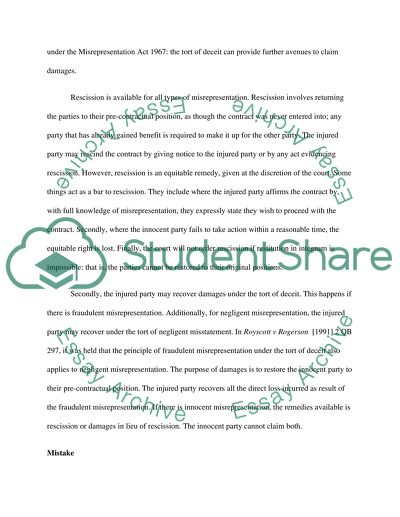Cite this document
(“A)The impact of misrepresentation, mistake, duress and undue influence Essay”, n.d.)
Retrieved from https://studentshare.org/law/1495350-athe-impact-of-misrepresentation-mistake-duress
Retrieved from https://studentshare.org/law/1495350-athe-impact-of-misrepresentation-mistake-duress
(A)The Impact of Misrepresentation, Mistake, Duress and Undue Influence Essay)
https://studentshare.org/law/1495350-athe-impact-of-misrepresentation-mistake-duress.
https://studentshare.org/law/1495350-athe-impact-of-misrepresentation-mistake-duress.
“A)The Impact of Misrepresentation, Mistake, Duress and Undue Influence Essay”, n.d. https://studentshare.org/law/1495350-athe-impact-of-misrepresentation-mistake-duress.


